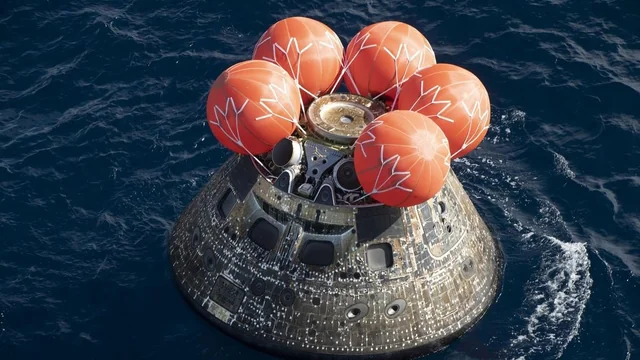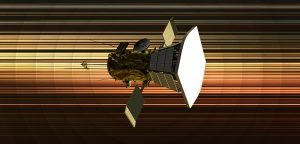Orion Capsule Heat Shield Damage Raises NASA Concerns
17th May 2024
In November 2022, NASA saw the start of its mission, known as the Artemis I project, sending an uncrewed spacecraft to orbit the Moon. This began the agency’s long-term plan to send astronauts back to the lunar surface. One key test in the Artemis I mission was to test the Orion capsule’s survivability. It’s a good thing that they did.
The mission involved the Orion capsule being sent into space via the agency’s Space Launch System (SLS) rocket. Over the span of three weeks, the spacecraft successfully completed its lunar orbit before returning to Earth.
However, that is not to say the journey was without significant challenges. Based on a recent assessment from the Office of Inspector General at NASA, the Orion capsule was noticeably damaged during its trip. This development raises concerns regarding the feasibility of the agency’s next mission, named Artemis II, which, as mentioned, seeks to involve astronauts.
Heat Shield Damage and Challenges on the Orion Capsule
The report highlights that following the examination, engineers saw significant fractures in over 100 sections of the Orion spacecraft’s heat shield, underlining just one of six concerning issues identified by the Inspector General. This suggests that NASA may be in line for significant challenges in preparing for a human-crewed lunar mission set for September 2025 involving a four-person team.
The test flight of Artemis I uncovered crucial problems that must be handled effectively before a crew is sent on the Artemis II mission, the report stated.
Moreover, the mission faced unprecedented issues, such as pieces of the heat shield detaching and forming a debris trail captured on video by the spacecraft. This was not the way the material was expected to dissipate. The idea was that the heat shield would degrade without significant debris.
NASA’s Office of Inspector General noted that while the space debris did not directly affect the crew module, the size and volume of the fragments might have inflicted structural damage significant enough to compromise one of Orion’s parachutes. Such a scenario in future Artemis missions could potentially result in the loss of the vehicle or its crew.
NASA spokesperson Rachel Kraft revealed that the team is currently compiling results from a battery of tests to see what has happened.
Enhancements and Repairs in Spacecraft and Launch Infrastructure
In addition to the issues with the heat shield, the engineering team identified irregularities in the spacecraft’s separation bolts and power distribution system. To combat these problems, NASA has initiated corrective measures, which include augmenting thermal protection to seal off any openings resulting from the degradation and melting of materials and preventing the bolts from overheating. Additionally, by implementing software modifications, engineers have addressed recurring issues related to power distribution, which were presumably triggered by cosmic radiation.
In another development, the inaugural flight of the SLS rocket inflicted significant damage on the platform, necessitating repairs costing over $26 million, quintupling the initially reserved budget for such contingencies.
Ultimately, it remains uncertain if the mission will proceed with its scheduled launch in the latter half of the next year. The possibility of making major modifications to the headshield, which has already been fitted onto Orion, at such a crucial juncture could lead to significant postponements.
NASA is exploring alternative reentry paths to lessen impact damage when the crew eventually returns. It contemplates maneuvers such as rotating the spacecraft or executing a “skip” reentry across the Earth’s atmosphere.







Thank you for your comment! It will be visible on the site after moderation.